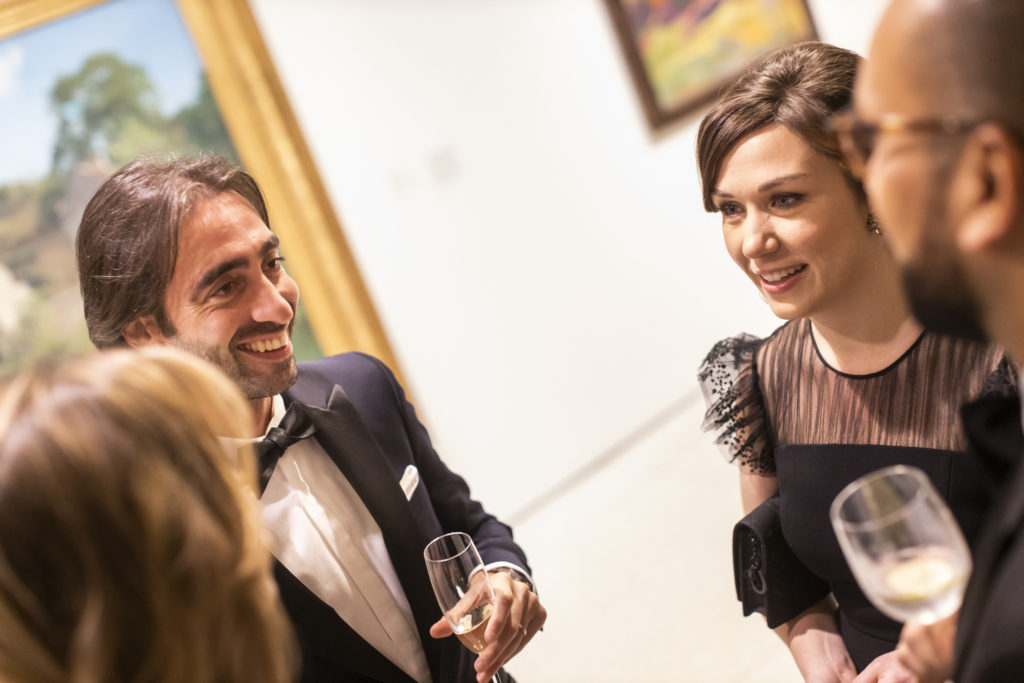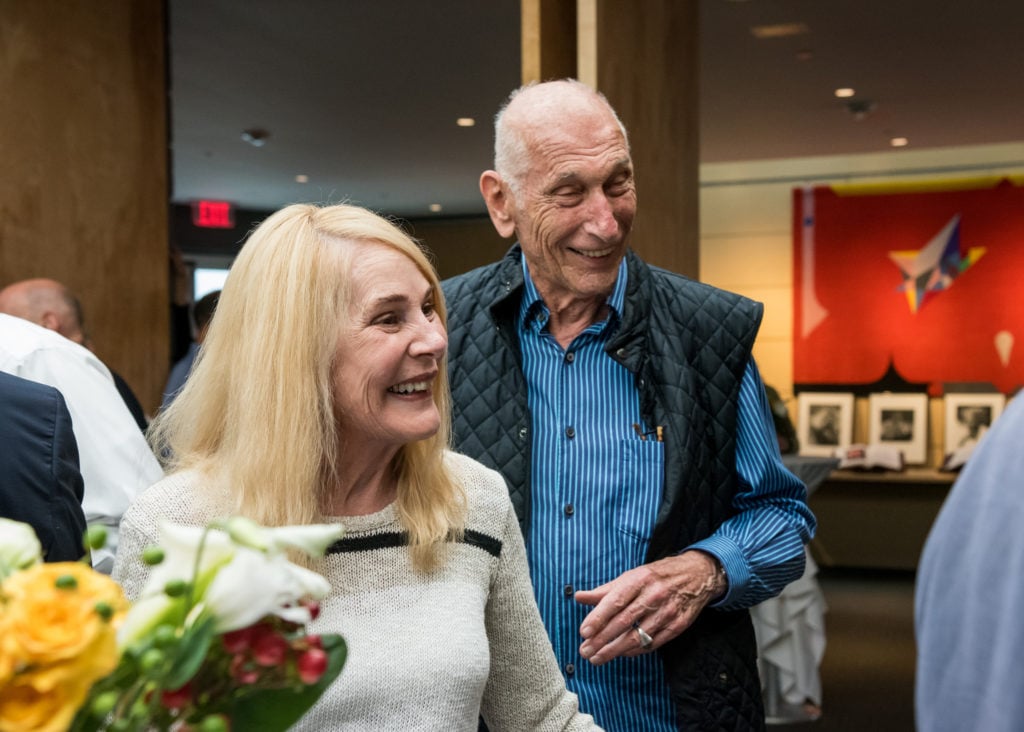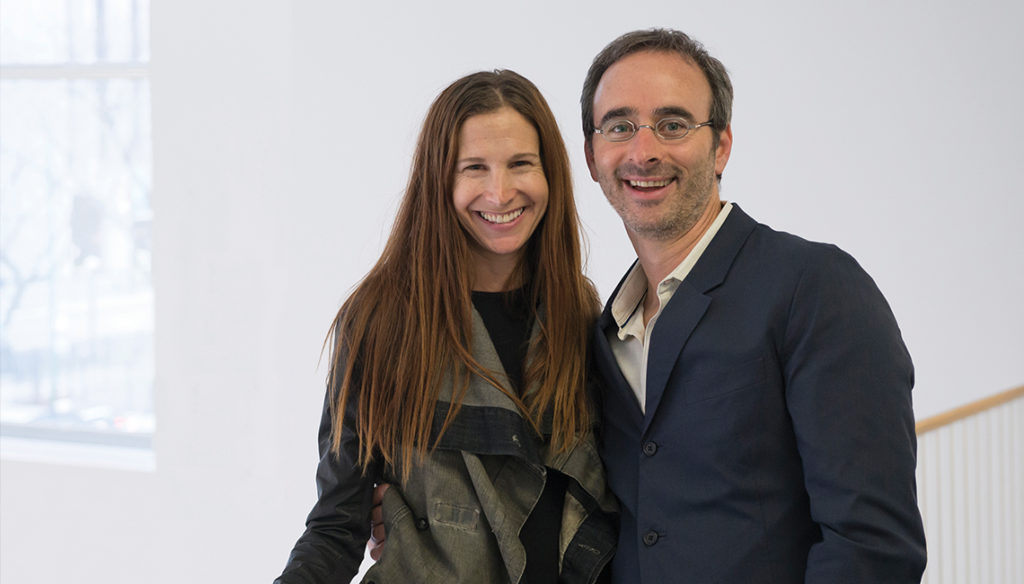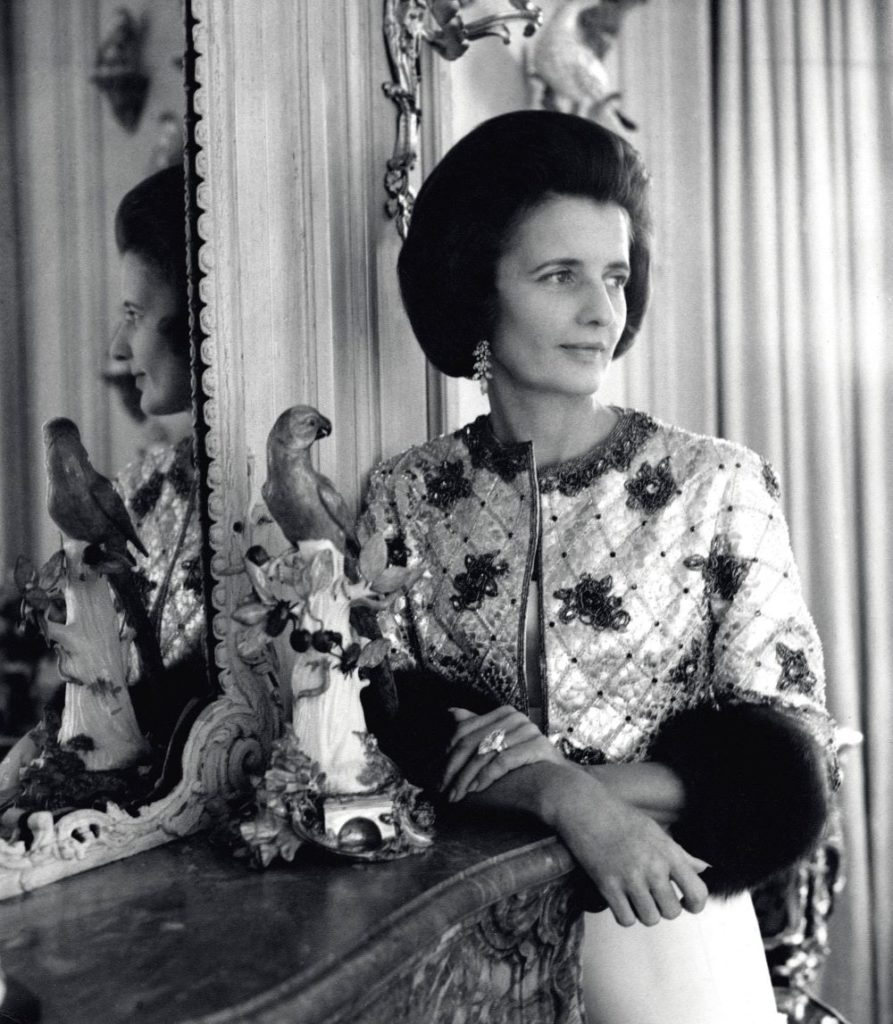Art World
As an Older Generation of Major Museum Philanthropists Recedes From View, Will Younger Patrons Step in to Fill Their Enormous Shoes?
Younger philanthropists have very different agendas than their predecessors did.

Younger philanthropists have very different agendas than their predecessors did.

Rachel Corbett

Last year was likely a sorrowful one in some museum development offices, for it was a year that mega-donors across the nation died, including Stefan Edlis, who gave hundreds of millions of dollars to Chicago art institutions; longstanding Metropolitan Museum trustees Jayne Wrightsman and David Koch; and Mary Margaret “Moo” Anderson, who established an art museum at Stanford University.
Now, as the remaining members of this class of super philanthropists grow older, some museums are wondering whether a younger generation will step in to fill their shoes—especially as priorities are changing in an age of climate change, mass incarceration, income inequality, and other societal injustices.
“Cultural institutions are going to have to work very hard to make the case that we’re a critical part of the mix that makes life worth living,” says Christopher Stevens, chief of advancement at the Walker Art Center in Minneapolis.
Some observers expect that the changing of the guard will happen naturally in time. “I’m not seeing a gap, but perhaps a moment of transition, or a pause,” says Madeleine Grynsztejn, director of the Museum of Contemporary Art Chicago. “We have seen a growing generation of younger donors. And whereas they might not be able to give their incredible collections away tomorrow, they are on track toward executing them in a way Stefan [Edlis] and [his wife] Gael did.”
While the aging of a generation of leading museum donors is “something about which people express anecdotal perspectives,” according to Christine Anagnos, executive director of the American Association of Museum Directors, “the data we do have does not necessarily point in that direction.”
The amount of money that museums receive from individual donors hasn’t declined much in recent years—hovering at around 10 percent of museums’ total revenues, according to a 2018 report from the association.
But the number of donors pledging those gifts has decreased, even while the sums of their gifts have gone up. “Essentially, the growing inequality of wealth is reflected in philanthropy,” says Elizabeth Merritt, vice president of strategic foresight at the American Alliance of Museums. Today, 20 to 30 percent of all individual giving in the US comes from the “ultra wealthy”: people with a net worth of $30 million or more, according to a 2019 report from the financial intelligence firm Wealth-X.
This could pose a big problem for museums in the future.
“Even if you’re fine now, you’re concentrating your risk,” Merritt says. “If you had 50 major donors and you lose three, it’s not as big of a deal as if you have five huge donors and you lose one.”

Stefan Edlis and Gael Neeson. Photo courtesy of the Aspen Institute via Flickr.
Some museums are addressing the new reality of dwindling donor pools by diversifying their bases to include lower-net-worth patrons. “People are advocating that museums have to realize anyone can be a donor,” Merritt says. “A volunteer might give and be a donor.”
The Walker Art Center, for example, has changed the nature of its fundraising events to attract more people at lower ticket prices. Instead of an annual gala dinner with celebrity chefs like Wolfgang Puck, which used to draw 200 guests at around $1,250 a head (and brought in a net profit of $160,000 at its final edition in 2010), it now hosts the “Avant Garden” party, where tickets start as low as $125. Its September 2019 event drew 1,500 guests and raised $1 million.
The Walker has also introduced sustaining memberships, long a staple of public-radio fundraising, that auto-renew annually at rates as low as $5.42 a month.
The Minneapolis Institute of Art, meanwhile, has established an in-house analytics team to study the engagement and philanthropic habits of its four main categories of visitors in an effort to increase giving across all segments, not just the top, according to Merritt. “They’ve created strategies so that once they know where you’re coming in, they can move you to the next level,” she says.
Despite these efforts, many development administrators are doubtful that they’ll ever be able to rely on small donations alone.
“Of course everyone’s goal is to broaden their base of support but I still think it’s going to be really important that museums are able to attract people who are making major substantial gifts,” Stevens says. “I don’t think that’s going away.”

Elizabeth and Eric Lefkofsky, courtesy of the Lefkofsky Family Foundation.
Compared to their older counterparts, millennial donors overwhelmingly prefer to commit their dollars to causes rather than to individual institutions.
Nearly 90 percent of millennial philanthropists said that a “compelling mission” was what motivated them to give, “not an organization,” according to a 2018 study from the Millennial Impact Project.
“Younger donors want to support museums in different ways, not just collecting and donating works of art,” Grynsztejn says. “They want to underwrite free admission”—as Groupon founder Eric Lefkofsky and his wife Liz did for the MCA Chicago in 2017—”or underwrite paid internships. They’re interested in making the museum an environment of great inclusion as well as art. They have a beautiful purview of bettering society.”
Now, the MCA is entering a fiscal year where all of its internships will be paid. “This is very much our trustees’ and donors’ response to the recognition that the most powerful lever you can pull to diversify the art profession pipeline is paid internships,” Grynsztejn says.
The Walker, too, responded last year to the growing demand for opportunities to focus on social issues by establishing an education council to operate alongside its existing patron circles, such as the producers’ and collectors’ councils. The education council now gives donors the chance to directly fund initiatives that improve accessibility for visitors who gave Alzheimer’s, autism, or other special needs.
So far, “people are responding positively,” Stevens says.

Jayne Wrightsman. Image courtesy of Christie’s.
As museums look beyond traditional sources of support to meet their fundraising needs, they are encountering pleasant surprises and unforeseen challenges.
On the plus side, a more diverse base of donors will likely lead to more diverse art donations in the future. The MCA Chicago has been courting international patrons such as Dimitris Daskalopoulos from Greece and Robert Defares from Amsterdam (who donated to the museum the largest collection of works by Arthur Jafa in the US).
“If you internationalize your board and your staff you will eventually internationalize your collection, which is very important,” Grynsztejn says.
But others are wary of younger philanthropists’ greater tendency to get personally involved in the causes they support.
“The nature of trustees today is a little bit more people who are used to being actively involved, not people who inherited money or married money as it often was in the past,” says George Goldner, a former curator at the Metropolitan Museum of Art. “They’re people who made money. That’s a good thing in a way, but they’re not used to laying back and letting other people decide for them.”
That could lead them to potentially push their own agendas at the expense of museum leaders’ expertise. “In the old days you had someone like Jayne Wrightsman, a wonderful trustee at the Met, and when I started collecting Dutch drawings she had no real personal interest in that yet at one point she said, ‘George, I’m really happy you’re buying all those drawings because we didn’t have any of those.'”
“New donors or trustees want to feel like they’re participating in a lot of decisions and the money is used in a way that pleases them and sometimes it goes beyond what I think is appropriate,” Goldner added.
Even if there are no young collectors who emerge in the mold of Wrightsman or Edlis again, Grynsztejn is optimistic that younger generations will bring the change we most need now. “There are not many donors historically who have approached the level of giving, donating, and gathering major masterworks as Edlis in the history of art,” she says. But Edlis also collected blue-chip art, primarily by white Western men like Jeff Koons, Andy Warhol, and Damien Hirst. Now, diverse donors likely will bring diverse giving.
“It’s not only the generational shift that has changed,” Grynsztejn says. “The environment has changed the idea of what might be recognized as a world-class collection.”